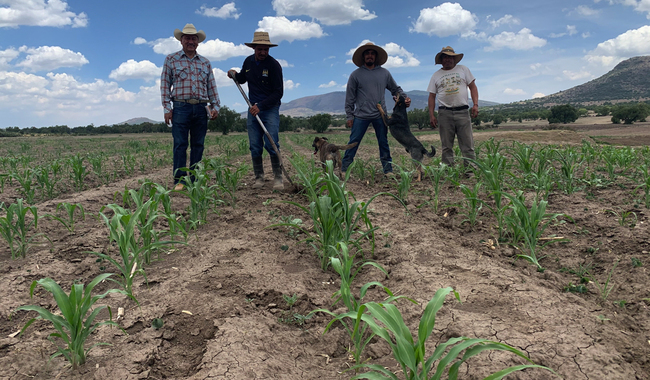Mexico City, Mexico — Standing 17, 800 feet tall, Mexico’s Popocatépetl volcano has been raising alarms in the central part of the country for over a week as its activity surges. After a lull at the end of last week, scientists reported more activity on Popocatépetl on Friday and Saturday.
Popocatépetl is one of Mexico’s most famous landmarks. Named after the legend of a young Tlaxcaltec warrior in pre-Hispanic times, the volcano overlooks the states of Mexico, Puebla, Morelos, and Tlaxcala. Although an active volcano since 1994, Popocatépetl, locally called “Don Goyo,” is rarely a cause of concern amongst nearby inhabitants.
However, throughout the last week, seismological authorities in Mexico reported increasing activity, such as a surge in explosions and the ejection of flaming material, gases, and ash. The tremors raised enough concern for the Mexican government to declare a “yellow alert stage 3” on May 21, an alert level preceding the red phase, which mandates the immediate evacuation of nearby residents.
While the federal government and civil security authorities have called for citizens to remain calm, the recent volatility of the volcano has caused trouble within its territory.
The ash expelled by the volcano has covered part of all four states adjacent to the volcano.
Due to the ash, local authorities ordered suspending on-site classes at all levels in different municipalities. Puebla was the most affected, with 40 cities announcing the start of online classes and the temporary closure of 4,501 schools which translates to 1,570,897 students and 57,363 teachers affected.
To a lesser degree Morelos, Tlaxcala, and the State of Mexico also suspended classes in some municipalities until further notice, with the latter closing up 160 schools where 33,000 students attend.
The ash also affected the country’s capital. In Mexico City, both international airports were impacted by the ash. Mexico City International Airport (AICM) reported 2,329 flights affected during May 20-22, with 622 flights canceled.
Last Monday, the Federal Government announced the deployment of the National Guard, and the Secretary of National Defense placed 7,200 troops in the municipalities surrounding the volcano to assist affected citizens.
Since this is a yellow alert, people do not have to leave their homes yet. Still, the Department of Civilian Security has begun to map evacuation routes and set up temporary shelters in case the volcanic threat increases.
Activity at the volcano slowed down at the end of last week, but picked up again slightly on Friday and Saturday, which included minor explosions from the volcano’s crater, reported VallartaDaily.com.










